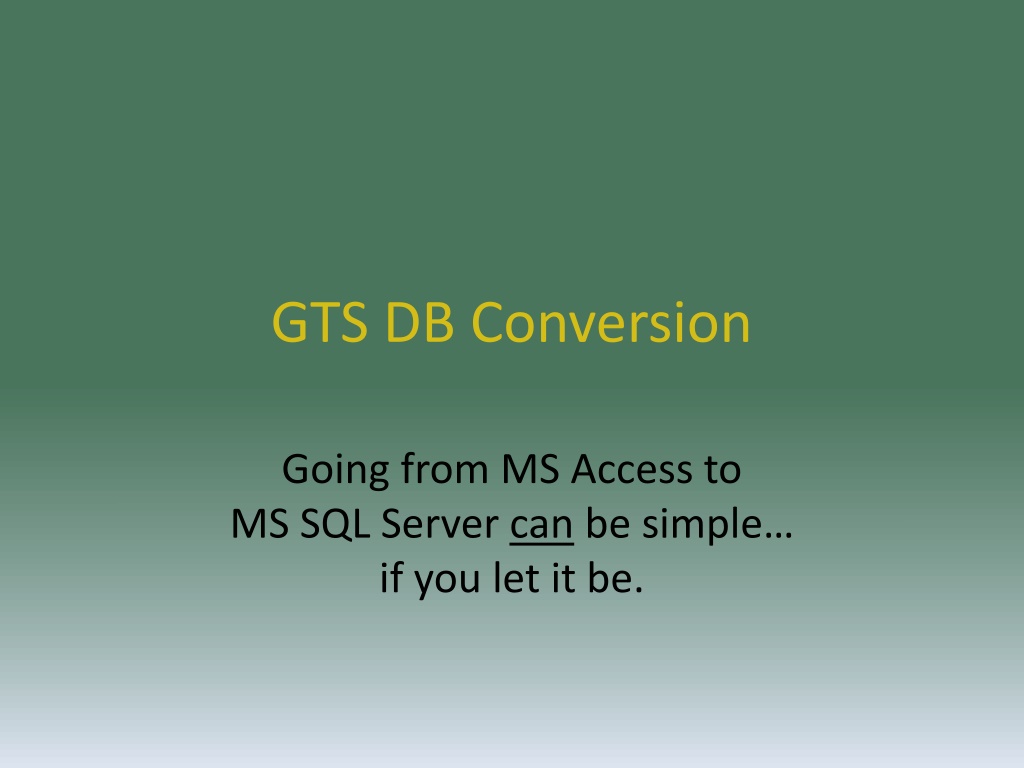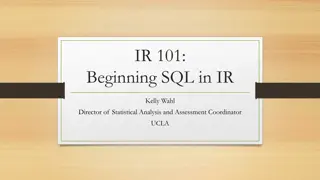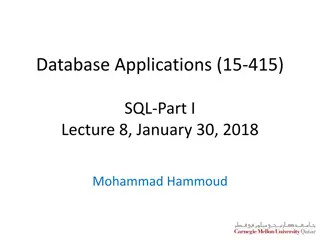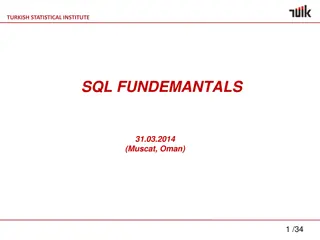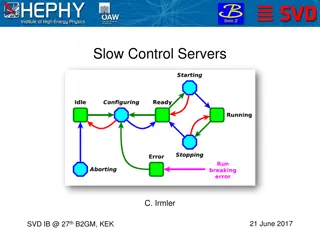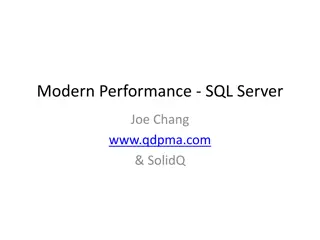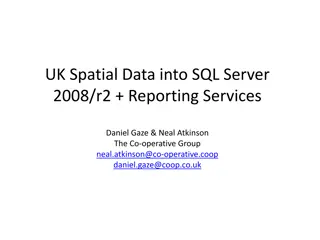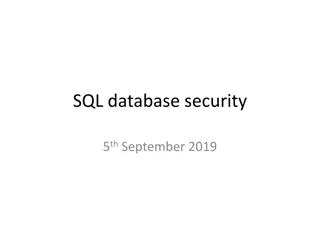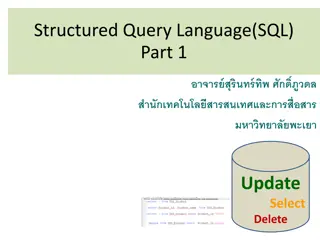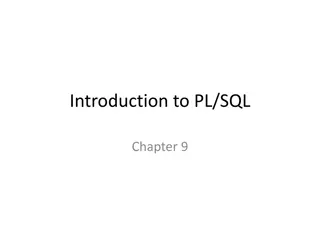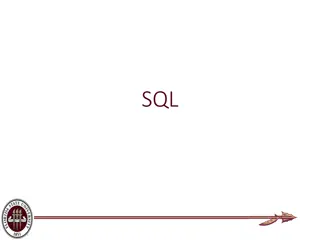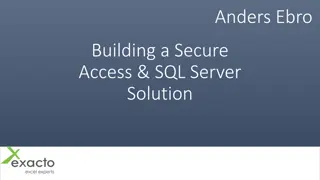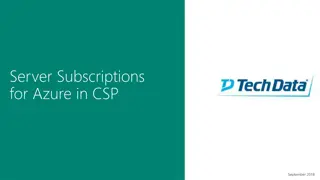Smooth Transition from MS Access to MS SQL Server
The process of migrating from MS Access to MS SQL Server can be straightforward if approached thoughtfully. This article outlines the steps involved, challenges faced, and solutions implemented during the conversion, along with the reasons to consider MS Access 2007 and potential issues encountered. Discover how to efficiently transfer structures and data, address VB issues, and enhance user experience with optimized UI design.
Download Presentation

Please find below an Image/Link to download the presentation.
The content on the website is provided AS IS for your information and personal use only. It may not be sold, licensed, or shared on other websites without obtaining consent from the author. Download presentation by click this link. If you encounter any issues during the download, it is possible that the publisher has removed the file from their server.
E N D
Presentation Transcript
GTS DB Conversion Going from MS Access to MS SQL Server can be simple if you let it be.
What we did Used MS Access 2007 Fixed VB Issues with Access 2007+ Copied Structures and Data up to the Server Added a couple of Indexes on frequently used fields Setup User Security
Hurdles we faced Leaving design open for a more Optimal UI to be designed Change the way Users think about searching through their data Change control?
Why MS Access 2007? Reasons : A. The Wizard makes it easy, especially compared to prior versions of MS Access. B. The Wizard makes it easy. C. Seriously you need another reason?
Why not MS Access 2007? There are reasons not to use the Wizard or to use it differently. You can design from the Ground up then push data (i.e.: No more complaints about prior developers). You can just push the structures, then tweak it. (Useful for particularly large sets of data and data file management)
VB Issues with Access 2007 It could happen to you
VB Issues with Access 2007 Luckily for us, it s easy to fix.
Copy Structures and Data to the Server if ever a Wiz there was! ...
Added a couple of Indexes CREATE NONCLUSTERED INDEX [PI_LName] ON [dbo].[tblPI] ( [PI] ASC )WITH (PAD_INDEX = OFF, STATISTICS_NORECOMPUTE = OFF
Questions? Comments? Concerns?
